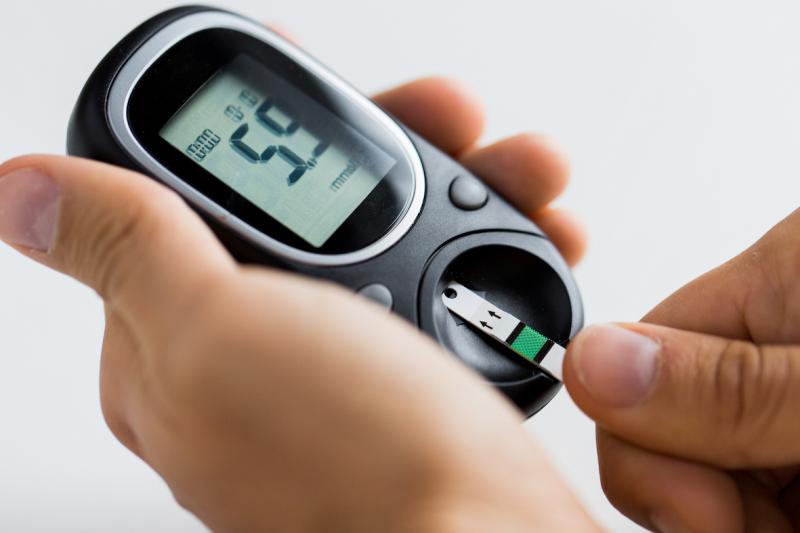
An enzyme-linked immunosorbent assay (ELISA) is better at detecting glutamic acid decarboxylase antibodies (GADAb) than the previously utilized radioimmunoassay (RIA) in childhood-onset type 1 diabetes mellitus (T1DM), a new study has found.
The study involved serum specimens from 1,024 Japanese patients (median age at diagnosis, 7 years; 598 girls). All samples underwent both ELISA and RIA for the measurement of GADAb levels. Samples were collected at a median age of 13 years.
The concordance rate between the two methods went as low as 77 percent. Samples were more likely to test positively for GADAb when collected within 5 years of the diagnosis. In those whose measurements were collected between 6 and 17 years after being diagnosed with T1DM, positivity rates were 31.1 percent and 50.5 percent for RIA and ELISA, respectively.
In comparison, the corresponding positivity rates were 47.9 percent and 69.4 percent in patients whose serum specimens were collected within 5 years of diagnosis.
“We demonstrated that the positivity rate for GADAb increased by approximately 20 percent, from 50 percent to 70 percent, by changing the assay method from RIA to ELISA in Japanese children and adolescents with T1D,” said researchers.
This may be explained by a stronger sensitivity of detection by the ELISA kit, they added. “The cutoff value for the ELISA kit was equivalent to 0.88 U/mL using the RIA kit, which is below the cutoff value [of 1.5 U/mL] for the RIA kit.” In practical terms, using the ELISA kit may help detect patients positive for GADAb who may have otherwise been missed by RIA.